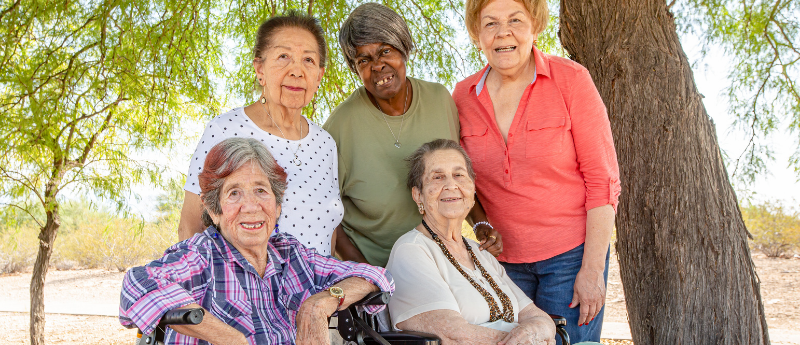Gone is the ‘Grandmother neuron’: the real cells behind facial recognition

A recent study has uncovered the cells of the brain responsible for the rush you experience during facial recognition.
When walking down a busy street with hundreds of faces blurring past, your brain will tune out the details, dimming the background noise, making it unlikely that any of the faces that pass by you will stick in your memory for longer than a few seconds. Even in this blasé state of minimal attention to detail, if an old school friend or family member – or heaven forbid your old boss from your first job where you accidentally flooded the kitchen with deep fat fryer grease – walks past and you glimpse even a part of their face, your brain will instantly kick into gear.
This sudden recognition, tying the face to your memories of the individual, can bring with it the warm glow of comfort in a well-known face, or the clammy shine of panic as you remember being bent double, furiously scraping up rapidly congealing chip fat with a dustpan and brush in the vain hope that you’ll somehow get it all before anyone notices.
Searching for the Grandmother neuron
The mechanism behind this flash of recognition has long been a source of interest for the neuroscience community, with past theories positing the existence of a ‘Grandmother neuron’ that acts as the crossroads between visual perception and memory. This theorized neuron type was thought to act in a one-to-one ratio: for each familiar face, one neuron to remember it. Often mocked as an oversimplified notion, a team of researchers from The Rockefeller University (NY, USA) set out to discover the truth behind the Grandmother neuron.
 Talking Techniques | The oncolytic Trojan horse: immune cells, the tumor microenvironment and the invasion of neurons
Talking Techniques | The oncolytic Trojan horse: immune cells, the tumor microenvironment and the invasion of neurons
This episode delves into the realm of the tumor microenvironment (TME), exploring the cells that reside there and how they interact to promote tumor growth and metastasis.
Back in 2017, the team first used fMRI to measure neural activity in rhesus macaques as they were shown images of other monkeys that they had either met in the flesh, previously been shown pictures of, or had never met. From this study, the team was able to determine that a region of the brain known as the temporal pole was involved in facial recognition.
Further exploration of the temporal pole
Now the team has again turned to fMRI to examine the temporal pole more closely as they repeated the experiment. This showed that the neurons of the temporal pole responded three times more intensely to the faces that the macaques had met in real life as opposed to virtually. The distinction in reactions was clear and almost instantaneous, reacting to familiar faces as soon as the image was processed.
These results provide evidence of an actual group of cells that behaved similarly to the previously theorized Grandmother neuron; the cells were sensory with a fast, dependable response to visual stimuli while only reacting to stimuli that they had experienced before, like memory cells.
Excited by the discovery, Winrich Freiwald – senior author of the study – exclaimed that, “we can now ask how this region is connected to the other parts of the brain and what happens when a new face appears. And of course, we can begin exploring how it works in the human brain.”
With a greater understanding of the mechanisms and cells involved in facial recognition, the team hopes that this could lead to improvements in treatment for face blindness, otherwise known as prosopagnosia. “Face-blind people often suffer from depression. It can be debilitating because in the worst cases they cannot even recognize close relatives. This discovery could one day help us devise strategies to help them,” remarked Freiwald. And who knows? Maybe one day it’ll enable me to forget the phantom smell of 2 gallons of cooking oil on a vinyl floor that emerges whenever I return to my hometown.